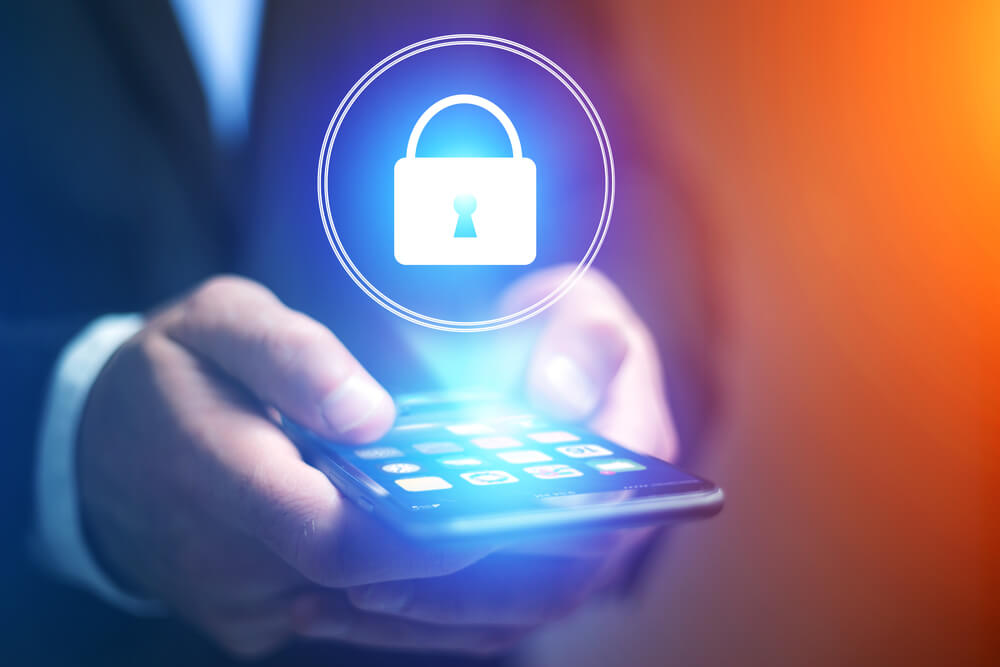
Some years ago, they used to say that the digital world will take over the control of multiple streams of our culture like Communication, Businesses, Monetary transactions, etc.
We all must have used online digital payment modes to make a transaction anywhere. May it be a breakfast place, a recharge for TV or SIM card services or even while ordering food through food delivery applications. It has become a habit now.
It’s a good way to transact money through digital mode. It has multiple benefits. It saves time, effort, it is quicker and the list is endless. Though this list is loaded with many pros, it has its cons when it comes to Security. It is less secure then the offline mode.
As the world is growing digitally, the number of criminal activities through online mode is also increasing in both, quantity and intensity. Serious punishable offenses are taking place in the digital criminal world.
The digital ill doers, also known as Hackers, are taking their illegal doings to next level day by day. They gain access to personal data, duplicate it and execute severe crimes like Identity theft, Illegal migration, Monetary theft, etc.
If we took care of our digital presence just like we do it for our physical presence, they wont be a bother. In this article, we will discuss 8 simple steps to secure our mobile app.
1. Security of the source code
It is very likely that the app is facing vulnerability issues at its development phase.
- Protect the software with encryption.
- The source code should be scanned for susceptibilities.
- The Code of the software must also be easy to renew and restructure while having an update. It should also be between various devices and OSs.
- Be in check with different aspects like running time,data, file size,memory, and battery. You don’t want to lose users while having a good security code.
- Reliability on the app store approval is not a sure thing as it may not be precise.
2. Security measures to protect data and deny unauthorized access
Check Application Programming Interface (API) to avoid illegal data transfer.
- Creation of encrypted containers should be done to ensure data safety.
- A more secure way would be Encrypted connections and Data encryption through virtual private network.
3. Authentication,Identifications, and Authorization
- This adds an extra layer to the security.
- Make sure the API is permitting access to prominent aspects of the app.
- A new framework called OAuth2 is a good option to ensure intensely secure connections. Setting it to certain settings in the app, it will allow the user to collect credentials between end-user and client.
- Another one, OpenID Connect, will permit the user to utilize the same credentials used once for multiple domains, with a single ID.
4. Activation of a good encryption policy
- File-level encryption should be used.
- Line up the codes of software. It is needed as the data and passwords are not saved in the device. If they need to be stored. Ensure its encryption.
5. Implementation of an intense API security strategy
- Survey and follow the security procedures for strong API security. Identifications, Authentication,and Authorization.
- Ensure API.
6. Test rigorously for better security for apps
- Testing tirelessly benefits.
- Test the Session management and data security problems.
- To make the system stronger, Penetration testing might help.
- Emulators help to enlighten the performance of a software in any OS or device in a emulated setting.
7. Alerting User
Testers and developers can’t protect the user all the time. That’s why you should.
- Add pointers if any kind of susceptibility is detected.
- Inform the user with a warning to download only from official sites.
8. Using BYOD policy, be attentive and take precautionary measures.
Many organizations allow their employees to us their own devices. This open network system will be more harmful.
- Create a virtual private network system.
- Use anti-virus, firewall, and anti-spam to protect devices.
- Allow only authorized devices into the system.
- Transactions from illegal and unauthorized devices should be blocked.
Conclusion
If one follows this 8-step guide to ensure the software security, the job is done. It will boost their security and in turn, the user count will increase as the company will be known for its trustworthy and secure culture. As we know, it is not a one-time job. It needs to be tested in several intervals regularly to ensure a strong and secure application.
How VTEST can help
We have built a safe environment at VTEST to ensure the security of the digital presence. We test the security of the software given by our clients vigorously and don’t stop doing it as we understand that testing is a continuous process, and when it comes to security testing, a constantly updating code is the secret for an intensely secure software.
VTEST it!

